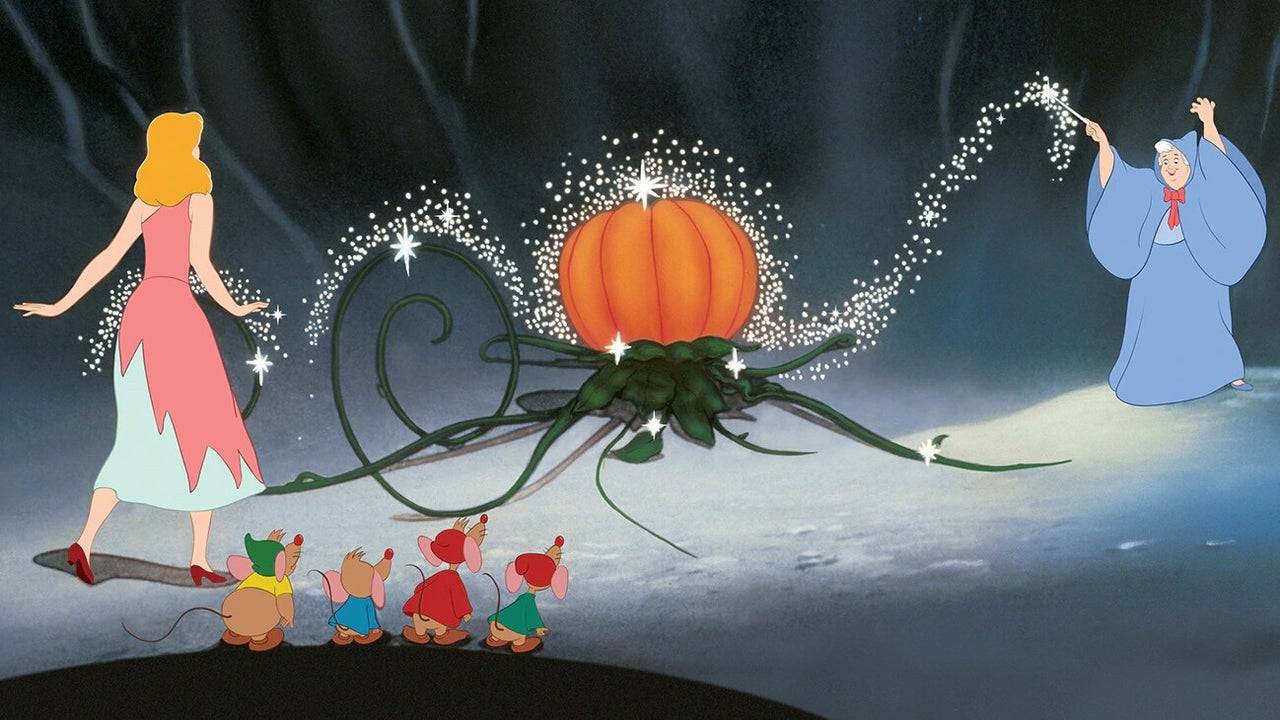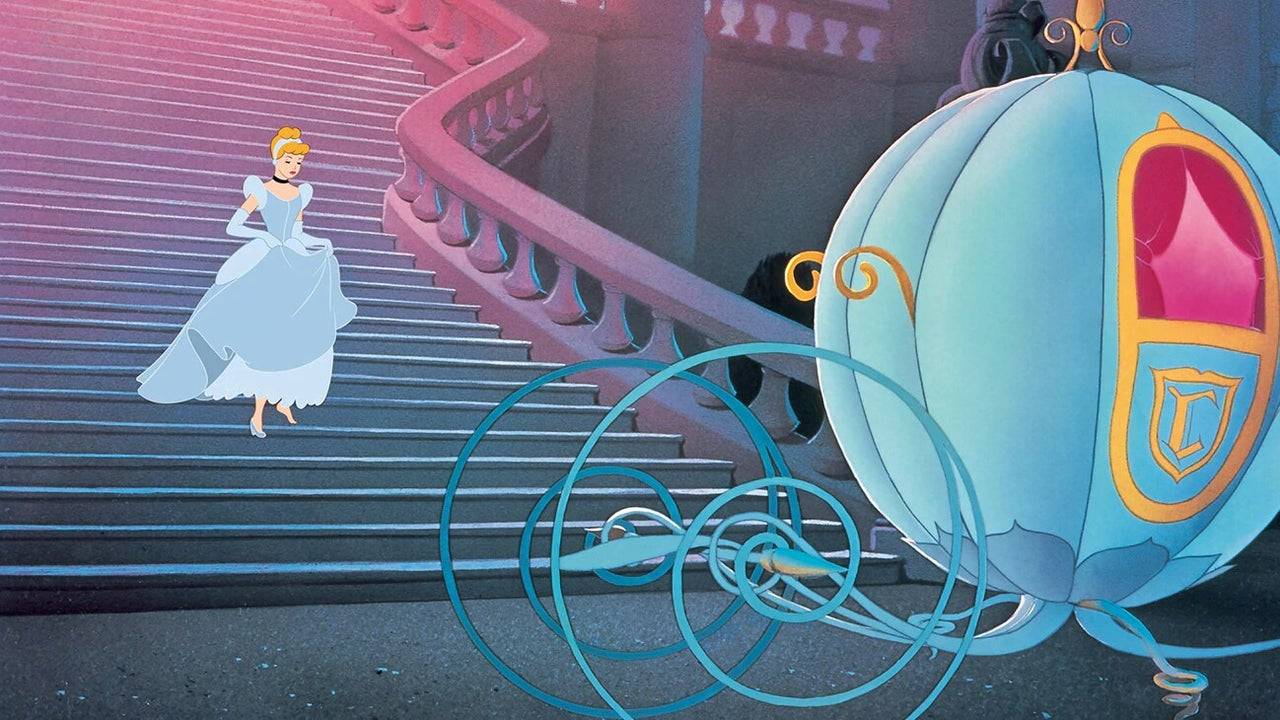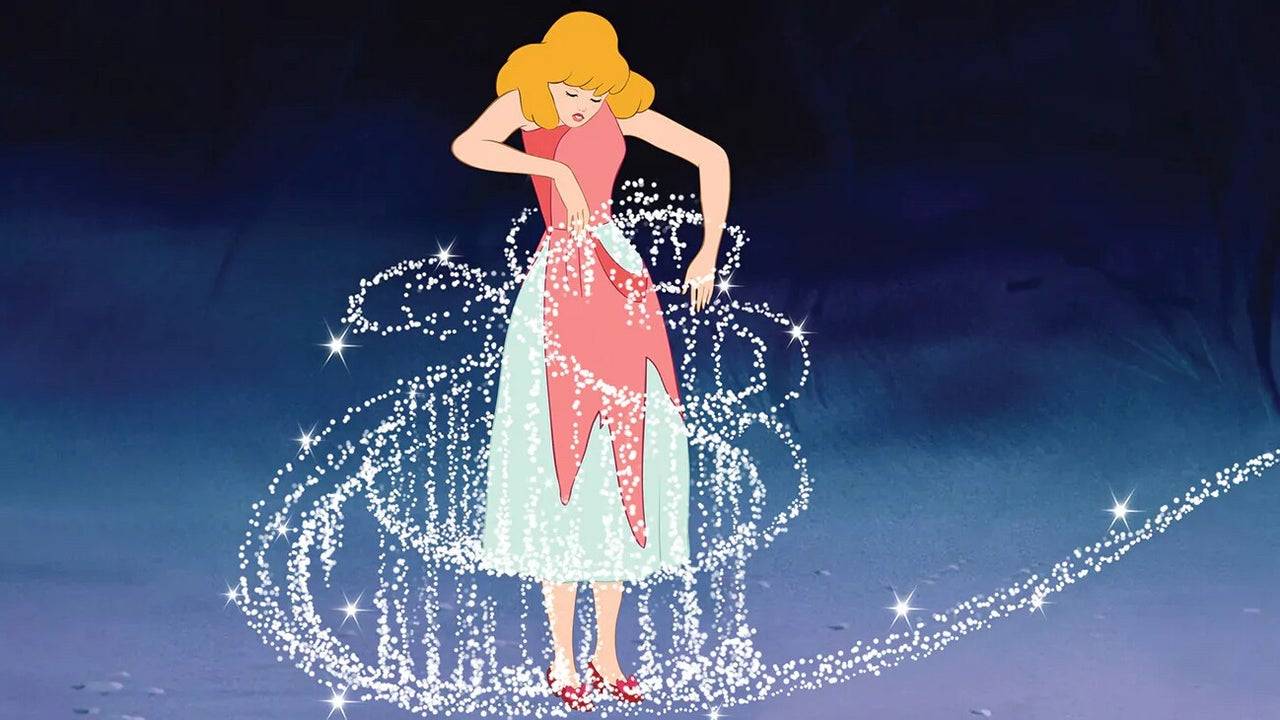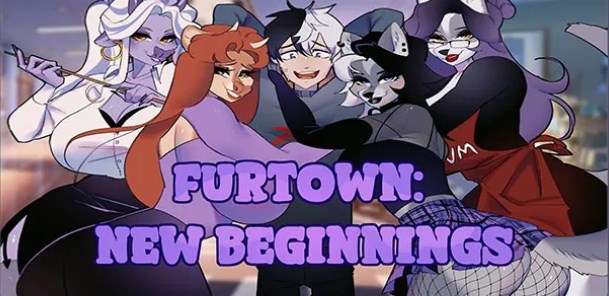Just as Cinderella's dream was set to expire at midnight, The Walt Disney Company faced a similar fate in 1947, burdened with a debt of roughly $4 million due to the financial underperformance of Pinocchio, Fantasia, and Bambi amidst the backdrop of World War II and other challenges. However, it was this beloved princess and her iconic glass slippers that saved Disney from prematurely ending its animation legacy.
As Cinderella celebrates its 75th anniversary of its wide release on March 4, we had the opportunity to speak with several Disney insiders who continue to draw inspiration from this timeless tale of rags to riches. The story not only parallels Walt Disney's own journey but also rekindled hope within the company and a post-war world in search of inspiration.
The Right Film at the Right Time --------------------------------To understand the context, we need to revisit Disney's own fairy godmother moment in 1937 with Snow White and the Seven Dwarfs. Its unprecedented success—holding the title of the highest-grossing film until Gone with the Wind surpassed it two years later—enabled Disney to establish its studio in Burbank, where it remains today, and to continue its journey with more animated feature films.
However, Disney's next venture, 1940's Pinocchio, with a budget of $2.6 million, ended up losing about $1 million despite critical acclaim and two Academy Awards. Similarly, Fantasia and Bambi underperformed, further increasing the studio's debt. The primary reason for these setbacks was the outbreak of World War II, sparked by Germany's invasion of Poland in September 1939.
"Disney's European markets dried up during the war, and the films weren't shown there, so releases like Pinocchio and Bambi did not do well," explained Eric Goldberg, co-director of Pocahontas and lead animator on Aladdin's Genie. "The studio was then tasked by the U.S. government to produce training and propaganda films for the military. Throughout the 1940s, Disney produced what they called Package Films, like Make Mine Music, Fun and Fancy Free, and Melody Time. These projects were excellent but lacked a cohesive narrative from start to finish."

Package Films were compilations of short cartoons assembled into feature films. Disney produced six of these between the releases of Bambi in 1942 and Cinderella in 1950, including Saludos Amigos and The Three Caballeros, which were part of the U.S.'s Good Neighbor Policy to combat the spread of Nazism in South America. While these films covered their costs and Fun and Fancy Free reduced the studio's debt from $4.2 million to $3 million in 1947, they hindered Disney's ability to create true feature-length animated stories.
"I wanted to get back into the feature field," Walt Disney stated in 1956, as quoted in The Animated Man: A Life of Walt Disney by Michael Barrier. "But it required substantial investment and time. A good cartoon feature takes a lot of time and money. My brother Roy and I had a heated discussion... It was one of my biggest upsets. I said we're going to either move forward, get back into business, or liquidate and sell out."
Faced with the possibility of selling his shares and leaving the company, Walt and Roy chose the riskier path, betting everything on their first major animated feature since Bambi. If this venture failed, it could have spelled the end for Disney's animation studio.
"At this time, Alice in Wonderland, Peter Pan, and Cinderella were all in development, but Cinderella was chosen as the first film to be produced because it shared many similarities with the successful Snow White. Beyond that, Walt believed this story could offer more than just entertainment," said Tori Cranner, Art Collections Manager at Walt Disney Animation Research Library. "Walt was adept at reflecting the times, and I think he understood what America needed after the war—hope and joy. While Pinocchio is a beautiful film, it's not as joyful as Cinderella. The world needed a story that showed we could rise from the ashes and experience something beautiful. Cinderella was the perfect choice for that moment."
Cinderella and Disney’s Rags to Riches Tale
Walt's connection to Cinderella dates back to 1922, when he created a Cinderella short at Laugh-O-Gram Studios, which he founded just two years before starting Disney with Roy. This short, inspired by Charles Perrault's 1697 version of the tale, told a classic story of good versus evil, true love, and the realization of dreams—a narrative that deeply resonated with Walt.

"Snow White was a kind and simple little girl who believed in wishing and waiting for her Prince Charming," Walt Disney remarked, as seen in footage from Disney's Cinderella: The Making of a Masterpiece DVD feature. "Cinderella, however, was more practical. She believed in dreams, but she also took action to make them happen. When Prince Charming didn't come to her, she went to the palace to find him."
Despite her mistreatment by her Evil Stepmother and Stepsisters after losing her parents, Cinderella remained a strong, unbroken character. While Walt's life didn't mirror Cinderella's family troubles, his journey also began with humble beginnings, marked by numerous failures and challenges, yet driven by an unyielding dream and work ethic.
This story stayed with Walt, leading him to attempt reviving it as a Silly Symphony short in 1933. However, the project's scope grew, and by 1938, it was decided to transform it into a feature film. It took over a decade to bring Cinderella to the screen due to the war and other factors, but this time allowed the film to evolve into the beloved classic we know today.
"Disney excelled at reimagining these age-old fairytales, infusing them with his unique taste, entertainment sense, heart, and passion," Goldberg said. "These tales were often grim, serving as cautionary stories for the young. Disney, however, made them universally enjoyable, modernizing them to withstand the test of time."
Disney's Cinderella incorporated animal friends like Jaq, Gus, and the birds, providing comic relief and allowing Cinderella to express her true self. The Fairy Godmother, reimagined by animator Milt Kahl as a bumbling grandmother rather than a regal figure, added relatability and charm, culminating in one of the most iconic scenes in Disney history—the dress transformation.
The animation of Cinderella's dress transformation, often cited as Walt's favorite, was masterfully crafted by Disney Legends Marc Davis and George Rowley. "Every single sparkle was hand-drawn and painted on every frame," Cranner noted with enthusiasm. "There's a subtle moment in the transformation where the magic pauses for a fraction of a second before completing the change, adding to the scene's magic."
Another unique addition to Disney's version is the breaking of one glass slipper, symbolizing Cinderella's agency and strength. "Cinderella isn't a passive character; she's proactive and resourceful," Goldberg emphasized. "When the slipper breaks, she presents the other one she's been holding onto, showcasing her strength and control over her destiny."
Cinderella premiered in Boston on February 15, 1950, and had its wide release on March 4, earning $7 million on a $2.2 million budget, becoming the sixth-highest grossing film of 1950 and earning three Academy Award nominations. "When Cinderella was released, critics praised it as a return to form for Walt Disney," Goldberg reflected. "It was a huge success, rekindling the studio's passion for narrative features."
75 Years Later, Cinderella’s Magic Lives On
Seventy-five years later, Cinderella's influence continues to grow within Disney and beyond. Her iconic castle is a central feature at Walt Disney World and Tokyo Disneyland, and her legacy is evident in modern Disney films, such as the dress transformation scene in Frozen.

"When we animated Elsa's dress transformation in Frozen, we drew direct inspiration from Cinderella," said Becky Bresee, lead animator on Frozen 2 and Wish. "The sparkles and effects around Elsa's dress pay homage to Cinderella's impact and the legacy of Disney's earlier films."
The contributions of the Nine Old Men and Mary Blair to Cinderella's unique style and character are also worth celebrating. As Eric Goldberg concluded, "The biggest message of Cinderella is hope. It shows that with perseverance and strength, dreams can come true, no matter the era."








